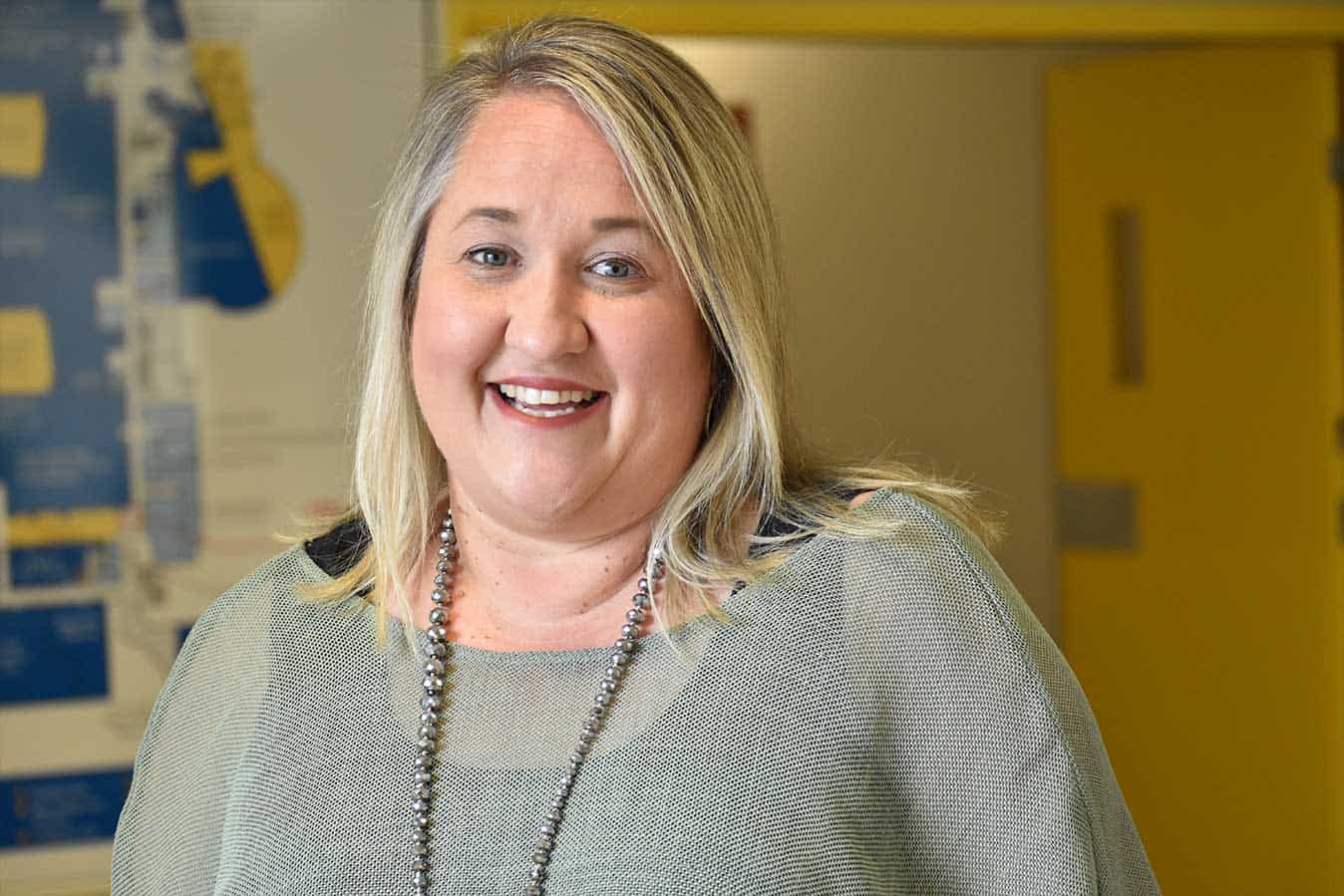Melinda Gray, a Clinical Nurse Consultant, Paediatric Asthma, who has worked at Sydney Children’s Hospital Randwick since 2000, first developed a passion for respiratory nursing while working in Paediatric Emergency Medicine.
Melinda shares her journey with the ANMJ and how she cemented her career pathway.
What inspired you to become a nurse?
My parents nurtured my interest in nursing, as they always encouraged me to care for others in need.
As the daughter of a committed Rotarian, I grew up with my father involved in the early years of Rotary Oceania Medical Aid for Children (ROMAC).
I fondly remember my parents’ involvement, fundraising, hosting families and visiting children in need of medical attention that required facilities and care beyond Fiji and the Solomon Islands.
My interest in nursing grew from witnessing the care delivered by nurses caring for these children.
Why did you choose respiratory/paediatric nursing?
My passion for respiratory nursing started early in my career while working in paediatric emergency, where I managed to fine tune my respiratory assessment skills caring for asthma patients.
Later in my career, I became involved in the Australian Asthma and Respiratory Association, where I met a group of passionate nurses keen to collaborate and share ideas.
What does a typical day on the job look like?
My current role is diverse and involves coordinating the state-wide ‘Aiming for Asthma Improvement In Children Program’, addressing local, state and national paediatric asthma issues.
My days are never the same and vary from providing expertise, consultancy and clinical leadership in paediatric asthma best practice within acute and community settings, such as advocating for amendments to local, state and national policy/legislation, to supporting asthma related research.
Other days may start with delivering education via different platforms to health professionals, school/childcare staff or parents and move to developing innovative educational materials such as e-books that support the delivery of best practice education.
What education did you have to undertake to enter this field?
While much of my journey has been through practical experience and hard work, I believe now more than ever that today’s nurses currently working in the field of paediatric respiratory nursing would benefit from a post-graduate tertiary background and being actively involved in research.
Ongoing training through attendance at local, state and international conferences is also important to ensure current best practice is maintained.
What are some of the biggest changes that have occurred within the specialty during your time?
Some of the biggest changes include the effective implementation of spacer devices and their use in acute asthma management and promoting the use of the standardised paediatric acute asthma guidelines.
There’s also been improvements in asthma discharge guidance promoting effective transition to primary care that includes follow up, asthma education and an asthma action plan.
Most importantly there’s been the development of a standardised asthma flare up document for use in school and childcare services.
Another big change is the innovative delivery of asthma management education and training through online platforms such as e-books and webinars, enabling people to access education and support remotely.
Such changes represent important contributing factors that improve the way children with asthma are managed and serve to support the best health outcomes for these children at a local, state, national and international level.
What do you love most about the job?
I am motivated by seeing the transition of an unwell child to one that is well, smiling and happily playing and engaging in normal activities such as going to school or catching up with their friends.
Making a real difference to the lives of children and their families is what I love most.
What makes respiratory nursing unique?
Respiratory nursing involves both acute and chronic management which enables you to be involved in caring for both short and long-term patients. No two days are the same and there is always variety.
What’s your advice to students/early career nurses considering a career in respiratory nursing?
Be enthusiastic and open to all opportunities as there is many different respiratory areas of expertise that may be of interest.
Consider working abroad to further your skills and expertise so you can apply this throughout your profession.
Networking, attending conferences, engaging in research and connecting with leaders in the respiratory field is also important for ongoing career development.
Most importantly, find supportive mentors who will constantly challenge you to innovate and lead.
For more information about understanding and living with asthma and links to health professionals visit the National Asthma Council Australia at www.nationalasthma.org.au








